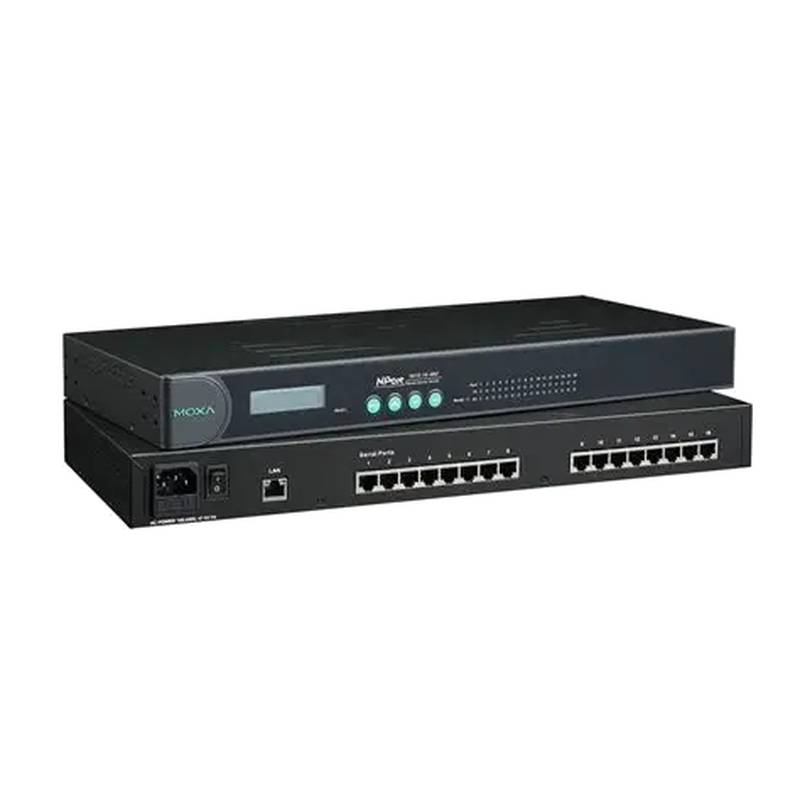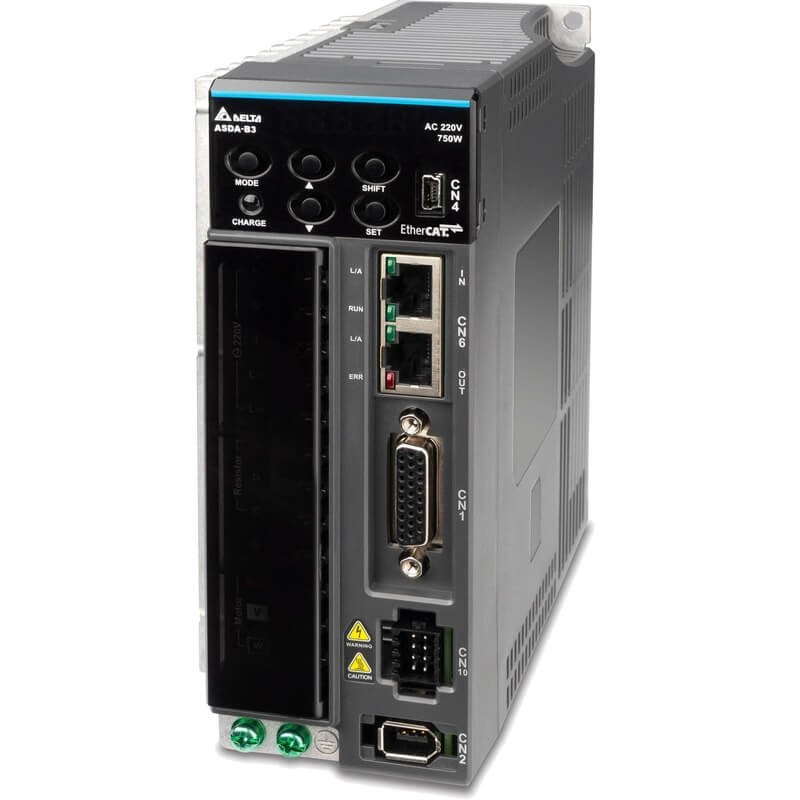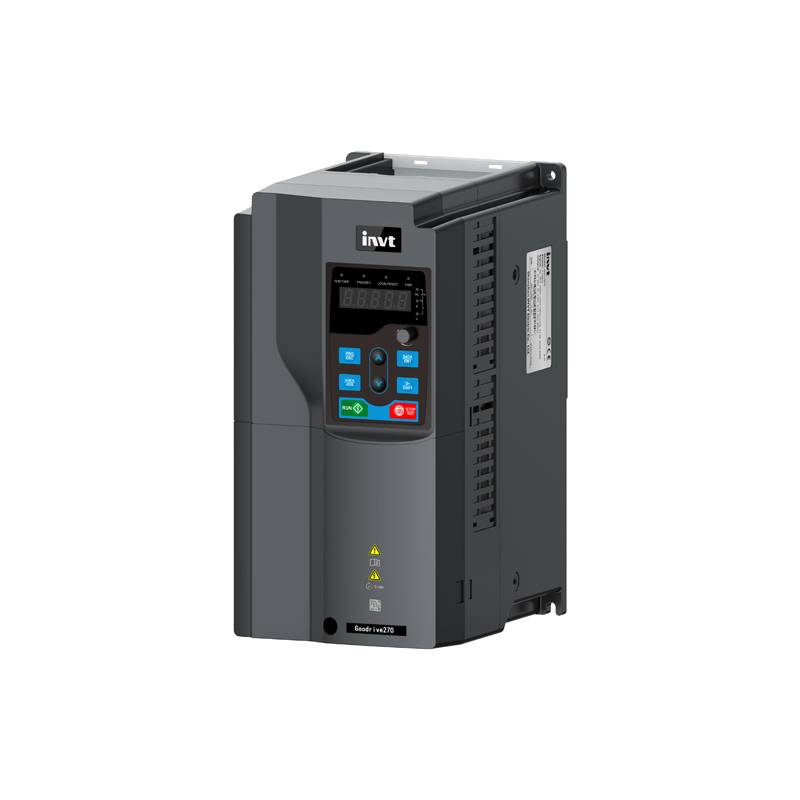
The Siemens 5SN6616-7CN is a 3-pole plus neutral (3P+N) Miniature Circuit Breaker (MCB) with a rated current of 16A and a breaking capacity of 6kA. Designed for AC applications, it operates at a rated voltage of 400V and features a Type C tripping characteristic, making it suitable for circuits with moderate inductive loads and potential inrush currents. This MCB offers essential protection against overcurrents and short circuits, safeguarding electrical installations and equipment. Its robust construction and reliable performance are hallmarks of Siemens' SENTRON product line, known for its quality and durability in industrial and infrastructure applications.
Product Specifications
| Specification | Value |
| :------------------------------------ | :-------------------------------------------------------------------- |
| Product Designation | Miniature Circuit Breaker |
| Manufacturer | Siemens |
| Model/Series | 5SN6616-7CN (also referenced as 5SL6616-7) |
| Number of Poles | 4 (3P+N) |
| Rated Current (Inom) | 16A |
| Rated Voltage (Ue) | 400V AC |
| Rated Short-Circuit Breaking Capacity | 6kA (acc. to EN 60898) |
| Tripping Characteristic | Type C |
| Frequency | 50/60 Hz |
| Insulation Voltage (Ui) | 440V AC |
| Overvoltage Category | 3 |
| Pollution Degree | 2 or 3 (depending on source) |
| Energy Limitation Class | 3 |
| Width (Modular Spacings) | 4 |
| Built-in Depth | 70 mm |
| Degree of Protection (IP) | IP20 (with connected conductors) |
| Ambient Operating Temperature | -25°C to +45°C or +55°C (depending on source) |
| Conductor Cross-Section (Solid) | 0.75 mm² to 25 mm² |
| Conductor Cross-Section (Stranded) | 0.75 mm² to 25 mm² |
| Mechanical Service Life | 10,000 operating cycles |
| Switching N-Neutral | Yes |
| Halogen-Free | Yes |
Core Features & Market Positioning
The Siemens 5SN6616-7CN stands out in the market due to its combination of reliability, ease of integration, and adherence to stringent international standards such as IEC/EN 60898-1. Its SENTRON designation signifies its place within Siemens' comprehensive portfolio for circuit protection, known for robust performance in demanding environments. The Type C tripping characteristic offers a balance between sensitivity to overloads and tolerance for inrush currents, making it a versatile choice for various industrial and commercial applications. This positions it as a dependable solution for applications where equipment protection is paramount, distinguishing it from more basic circuit breakers. The inclusion of features like dual-chamber terminals and the possibility for tool-free detachment further enhance its appeal for installers and maintenance personnel.
Key Application Scenarios
This 3P+N 16A MCB is ideally suited for protecting circuits in residential buildings, commercial facilities, and industrial plants where a single-phase plus neutral configuration is required. Common applications include safeguarding circuits for lighting, socket outlets, and small to medium-sized equipment that may experience moderate inrush currents, such as motors, transformers, or solenoid valves. Its ability to handle 400V AC makes it appropriate for three-phase distribution systems that require neutral conductor switching. The 6kA breaking capacity is sufficient for many standard installations, providing essential protection against short circuits.
Practical System Integration Guidance
The Siemens 5SN6616-7CN is designed for straightforward integration into standard electrical distribution systems, typically mounted on a 35mm DIN rail. It features dual-chamber terminals that accommodate solid and stranded conductors ranging from 0.75 mm² to 25 mm², simplifying wiring. The breaker's width of 4 modular spacings (72 mm) allows for efficient use of panel space. For enhanced functionality, it is compatible with a range of accessories, including auxiliary switches (AS) and fault signal contacts (FC), which can be easily mounted without the need for specialized tools. This modularity allows for system expansion and integration with monitoring or control systems.
Operation and Risk Mitigation
The primary function of the 5SN6616-7CN is to provide reliable overload and short-circuit protection. The Type C tripping characteristic ensures that it will trip between 5 to 10 times the rated current, offering a compromise for inductive loads that draw higher currents during startup. In the event of a fault, the breaker will trip, indicated by the position of the toggle. To reset, the fault condition must first be rectified, and then the toggle can be manually reset to the ON position. Its IP20 rating signifies protection against solid objects greater than 12.5 mm and no protection against liquids, emphasizing the need for installation within an enclosure or panel for protection against environmental factors. Proper installation by qualified personnel is crucial to mitigate risks associated with electrical systems.
Scalability & Long-Term Value
Siemens' SENTRON portfolio offers a high degree of scalability and long-term value. The 5SN6616-7CN is designed to work seamlessly with other Siemens components and accessories, facilitating system expansion and upgrades. Its compatibility with auxiliary switches and fault signal contacts allows for integration into more sophisticated control and monitoring systems, including those relevant to IIoT and digital solutions. This ensures that electrical installations can evolve to meet changing demands without requiring a complete overhaul of the protective devices. The durability and reliability of Siemens products contribute to a reduced total cost of ownership through minimized downtime and maintenance requirements.
---
Frequently Asked Questions (FAQs)
Q1: What is the breaking capacity of the Siemens 5SN6616-7CN?
The Siemens 5SN6616-7CN has a rated short-circuit breaking capacity of 6kA according to EN 60898 standards. This capacity indicates the maximum fault current the circuit breaker can safely interrupt without sustaining damage. For many standard residential and commercial applications, 6kA is sufficient.
This breaking capacity ensures reliable protection against overcurrent events. It's crucial to ensure the expected fault current at the installation point does not exceed this rating to maintain safety and device integrity.
If higher fault currents are anticipated, a higher breaking capacity MCB or appropriate upstream protective devices (like fuses or larger circuit breakers for back-up protection) would be necessary.
Q2: Can the Siemens 5SN6616-7CN be used in DC circuits?
The Siemens 5SN6616-7CN is primarily designed for AC (Alternating Current) circuits. While some Siemens MCBs offer dual AC/DC ratings, this specific model's specifications indicate it is intended for AC voltage applications.
Using this AC-rated breaker in a DC circuit could lead to unpredictable performance and failure. DC arcs are more difficult to extinguish than AC arcs due to the lack of natural zero crossings.
Always verify the product datasheet for explicit DC ratings if a DC application is considered. For DC circuits, a breaker specifically designed and rated for DC operation should be selected.
Q3: What does the 'C' in 5SN6616-7CN refer to?
The 'C' in the product designation refers to the tripping characteristic of the miniature circuit breaker. A Type C MCB is designed to trip between 5 to 10 times its rated current.
This characteristic makes it suitable for circuits with moderate inductive loads or inrush currents, such as those found with motors, transformers, and some lighting systems. It provides a balance between protection against overloads and avoiding nuisance tripping from temporary surges.
Compared to Type B breakers (which trip between 3-5 times rated current), Type C offers greater tolerance for these transient current increases. Type D breakers (tripping between 10-20 times rated current) are for even higher inrush applications like large motors.
Q4: What is the maximum conductor size that can be connected to the Siemens 5SN6616-7CN?
The Siemens 5SN6616-7CN can accommodate solid and stranded conductors with a cross-sectional area of up to 25 mm². This provides a good range for connecting various types of wiring.
For finely stranded conductors with end sleeves, the maximum size is also 25 mm². If using finely stranded conductors without end sleeves, the range is typically 1 mm² to 35 mm².
This flexibility in conductor size simplifies installation and ensures a secure connection for a wide array of electrical wiring gauges commonly used in industrial and commercial settings.
Q5: Is the Siemens 5SN6616-7CN suitable for residential or industrial use?
Yes, the Siemens 5SN6616-7CN is suitable for both residential and industrial applications. Its 3P+N configuration and Type C characteristic make it versatile for various circuits.
In residential settings, it can protect circuits for appliances, lighting, and power outlets. In industrial environments, it's used for protecting control circuits, motors, and other equipment.
Its reliability and adherence to IEC standards ensure it meets the demanding requirements of both sectors, offering robust protection.
Q6: How do I install the Siemens 5SN6616-7CN?
Installation typically involves mounting the MCB onto a standard 35mm DIN rail within an electrical enclosure or panel. Ensure the power supply is de-energized before installation.
Connect the incoming power conductors to the line terminals and the outgoing circuit conductors to the load terminals. The 3P+N configuration means three phase conductors and the neutral conductor are connected.
Siemens MCBs often feature dual-chamber terminals for easier wiring. Ensure all connections are tight and secure. After installation, perform a test of the circuit and the breaker's function.
Q7: What are the dimensions of the Siemens 5SN6616-7CN?
The Siemens 5SN6616-7CN has a width of 72 mm, which corresponds to 4 modular spacings (1 module ≈ 18 mm). Its built-in depth is approximately 70 mm, and its height is around 90 mm.
These dimensions allow for compact installations within standard electrical panels and distribution boards. The 4-module width means it occupies a significant, but manageable, portion of DIN rail space.
Knowing these dimensions is crucial for planning panel layouts and ensuring sufficient space for the breaker and associated wiring.
Q8: Can I add accessories like auxiliary switches to the 5SN6616-7CN?
Yes, the Siemens 5SN6616-7CN is designed to be compatible with a range of accessories, including auxiliary switches (AS) and fault signal contacts (FC). These can typically be mounted to the side of the MCB.
Auxiliary switches can signal the ON/OFF status of the breaker, useful for remote monitoring or control systems. Fault signal contacts indicate when the breaker has tripped due to a fault.
These accessories enhance the functionality of the MCB, allowing for integration into more complex electrical systems and automation solutions.
Q9: What is the difference between Type C and Type B tripping characteristics?
The main difference lies in the inrush current handling capability. A Type B MCB trips between 3 to 5 times its rated current and is best suited for purely resistive loads like lighting and heating.
A Type C MCB, like the 5SN6616-7CN, trips between 5 to 10 times its rated current. This makes it ideal for circuits with moderate inductive loads, such as small motors or transformers, which draw higher currents when starting up.
For applications with very high inrush currents, such as large motors or welding equipment, a Type D MCB (10-20 times rated current) would be more appropriate.
Q10: What is the rated insulation voltage (Ui) for this breaker?
The rated insulation voltage (Ui) for the Siemens 5SN6616-7CN is 440V AC for single-phase and multi-phase operation. This is the maximum voltage the insulating parts of the breaker can withstand.
This rating is important for ensuring the breaker's internal components are adequately protected against electrical stress during operation. It is crucial that the system voltage does not exceed this Ui value.
The operational voltage of 400V AC is well within this insulation rating, ensuring safe and reliable operation under normal conditions.
























